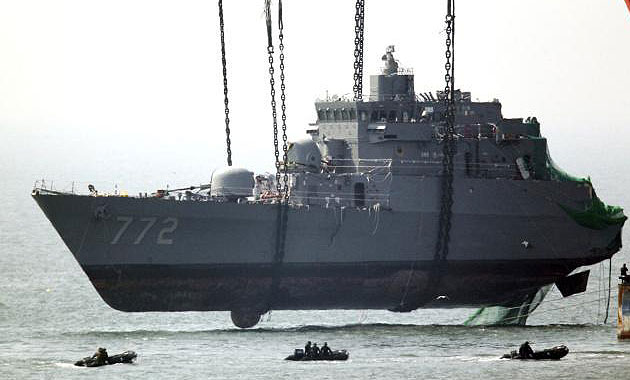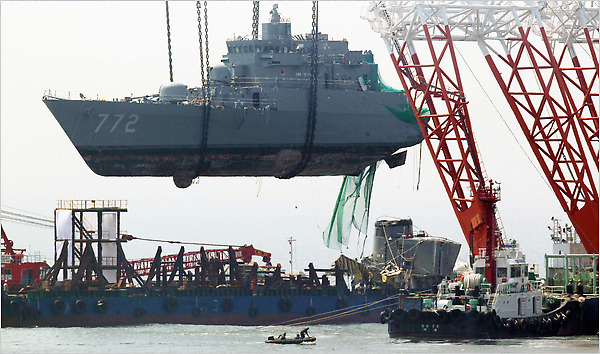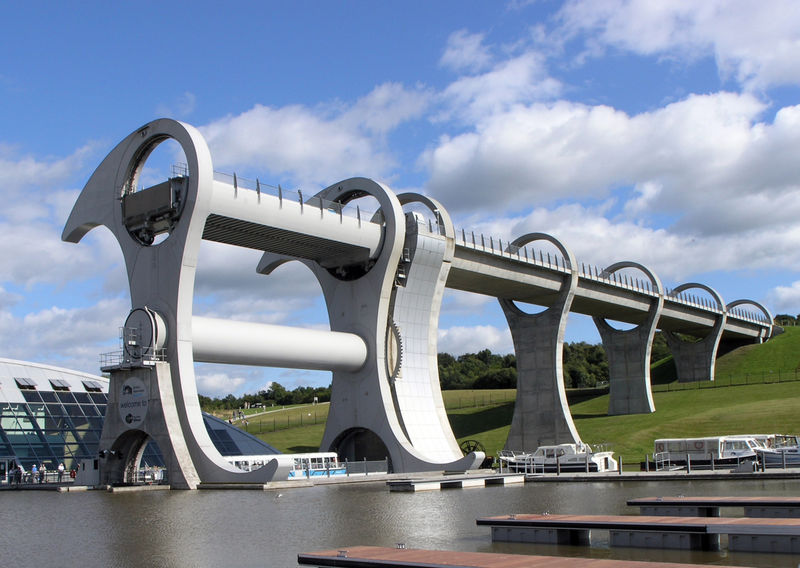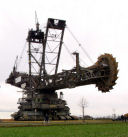The Selendang Ayu disaster caught my attention as the wreck happened almost two years ago. The Coast Guard photos are phenomenal, with the developing tragedy pictured against the Alaskan winter. Click the photos below to see them full-size.
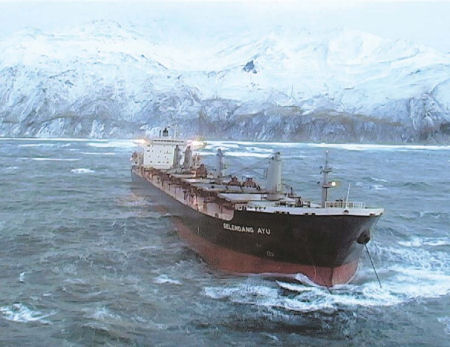
Dec. 8, 2004: still in one piece with Unalaska Island looming, before the anchor lines parted
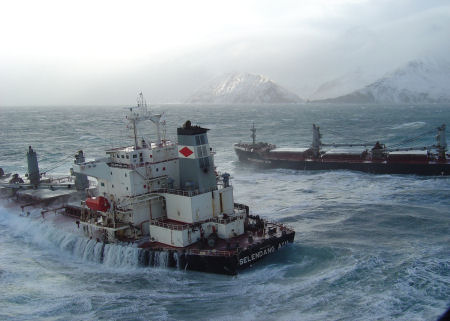
Dec 9, 2004: bow & stern sections of the Selendang Ayu after it broke in half
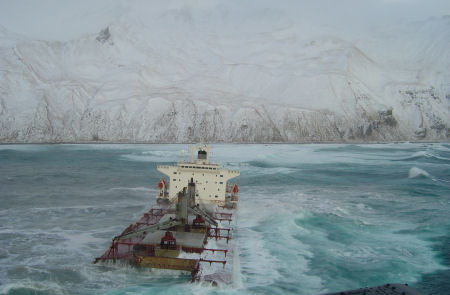
Dec. 11, 2004: stern section takes a beating
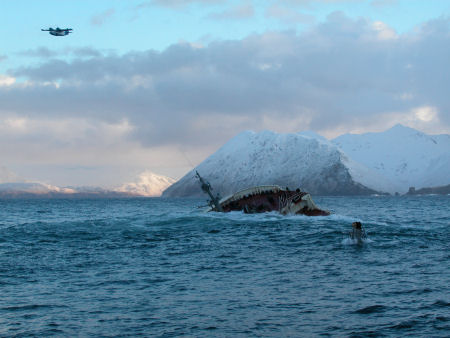
Jan. 4, 2005: things are not looking good for the bow section
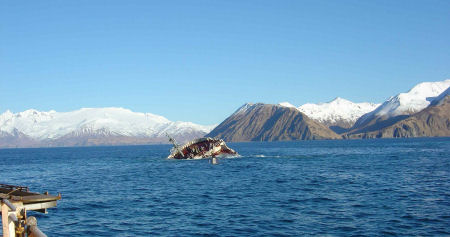
Feb. 1, 2005: last view of the bow section. 8 days later, it completely submerges. The stern section remained grounded & visible above water until October 24, 2005.
“For nearly two weeks the Malaysian-flagged freighter Selendang Ayu had been struggling through deteriorating weather to carry a load of soybeans from Seattle to Xiamen, China. Day in and day out, the crew of 26 rode the seven-year-old, 738-ft. ship like a roller coaster, lurching through gale-force winds, snow and 15-ft. seas.
The Bering Sea during winter is one of the most treacherous bodies of water in the world. Conditions change from fair to ferocious in an instant, and winds can rage in excess of 140 mph. Each year, thousands of ships test the sea’s temperament as they follow a major shipping lane along the Alaskan coast and through the Aleutian Islands. The route, connecting North America and Asia, is perilous on the best of days. Add a fierce storm and a run of bad luck, and it can become deadly.”
What Went Wrong: Wreck of the Selendang Ayu »
by Jeff Wise, Popular Mechanics, May 2005
Unified Command: M/V Selendang Ayu photos »
